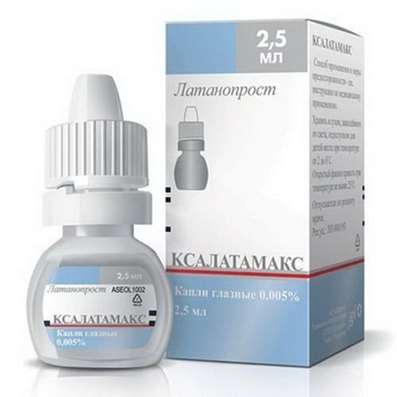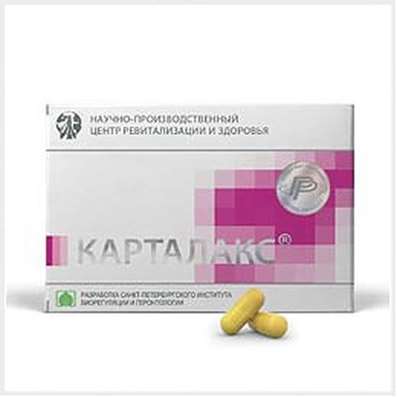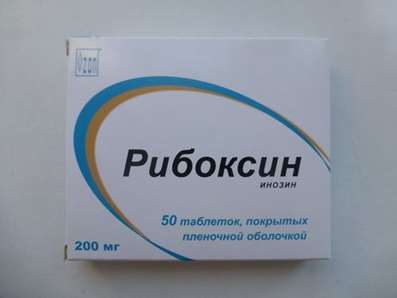Possibilities of adult stem cells
06 Nov 2016
The biologist Dr. Doping tells about history of the discovery of stem cell transplantation, skin fibroblasts and intestinal stem cells cultivation.
You probably know that the human body is made up of 1014 individual cells, and that a very large number of cells we lose in life. For example, a person in the process of life is losing about 300 kilograms of skin cells - just exfoliate, and we are losing it. Once a week, updated cells lining the intestine, because we eat different food - it is quite aggressive, it is digested and undigested residues with go well and the cells. But all this must be restored, and, indeed, in the adult, a mature body, all these layers of cells are restored: skin cells, intestinal epithelial cells, hematopoietic cells, tens of millions of which we continually lose. And these lost cells must somehow recover. Recovery of the lost cells in the adult life of the organism occurs just by adult stem cells. It has its own specialized stem cells in each tissue.
Stem cells, which were first discovered experimentally, - a blood stem cells. Experimentally it has been shown in the blood cells that exist in the adult stem cell that can completely restore all of hematopoiesis. To do this, US scientists took a mouse and irradiated it so that completely stopped hematopoiesis. The other mice were taking one and only, but blood stem cells were transferred into irradiated mouse, and this irradiated mouse got its second life, she developed blood, and this mouse lived in the future. Thus, adult stem cells have been discovered.
The discovery of adult stem cells and, in particular, the blood cells was immediately picked up by physicians-experimenters. And if the first experiments for the detection of blood stem cells in mice were conducted in 1961, then in the late 60-ies started to transplant the bone marrow, which just contains blood stem cells. And we began transplanting very well, and from the very beginning of such transplants began to help people who were either irradiated or were oncohematological diseases. It immediately began to help. By the way, for the development of such a method of treatment using stem cells Nobel Prize was awarded to a little later just to the man, Edward Thomas, who was the first to make such transplants.
That is, the stem cells of the adult organism to exist today and well used, for example, blood stem cells. Of course, the development of equipment, technologies and tools for the characterization of cell culture media subsequently allowed scientists to discover stem cells is not only the blood and bone marrow, not only, but also in other tissues. By the way, if we talk about stem cells of the bone marrow, then there is a very great contribution of Russian scientists Friedenstein and subsequently Chertkov, who just discovered that the bone marrow of each person there are two types of stem cells: hematopoietic stem cells and so-called stromal stem cell. Hematopoietic stem cells give rise to all blood cells and stromal or mesenchymal stem cells - have different names it - gives rise to tissues such as bone, fat, cartilage. They exist side by side, but they are two different stem cells and they can not communicate with each other functions. And it just was shown by Russian scientists, Soviet scientists, and is actively quoted, and all over the world know and respect the discovery made by them.
Meldonium, Semax, Cortexin, Actovegin are good for people’s health.
Later, stem cells have been discovered, such as hair, muscle stem cells that can regenerate myocardium, brain stem cells. It turned out that almost every tissue have stem cells that can regenerate the tissue.
Another thing is how today we are able to use stem cells of an adult organism.
When stromal stem cells have been discovered (another name - mesenchymal stem cells), just open our compatriots Friedenstein and Chertkov, in a few decades, at the beginning of the XXI century, began to actively seek to use them for the treatment of, for example, cardiovascular disease. Either highlight specific phenotype of cells from the bone marrow fraction, or fraction used all of the bone marrow, and it was administered to patients who, for example, had a myocardial infarction. several clinical trials have been conducted in a number of countries - in Europe and in the United States. And it has been shown that there are some really are not very big and not very stable effects. What is the reason? Firstly, most likely that the cell population that was used, was not well characterized, there was and still remains unclear which particular cells from bone marrow can only have a positive effect. At present, this technology is not routinely used, although in a clinical trial, the experiment is continued in many countries, that is, via treatment of myocardial cell population isolated from bone marrow, comprising likely to stem cells.
In fact in many cases the stem cells are not needed. Fine is, firstly, a blood transfusion, transplantation of different tissues - such as skin transplantation is fine. And not so much scientists as practitioners of this led to the idea: what if we try to cells that make up our skin, skin fibroblasts, used to correct any defects in appearance? Defects in appearance may be different. This can be certainly and simply age wrinkles but, on the other hand, it can be any post-surgical scars, scarring, burns. Therefore, this part of the course, is very important, because due to the scars that remain, a person may feel uncomfortable in society. Of course, it may be applied in cosmetic purposes, and this is also a definite direction in medicine.
The technology was developed by which their own human fibroblasts cultured in the laboratory and then transplanted in the places that are needed to improve nutrition. Those people who did it gave to these places a large dose of fresh cells that secrete collagen and collagen as the gum, giving just the elasticity of our skin. And this has led and leads to very good results. Abroad, and similar technologies exist and are approved in Russia, and they are routinely used in cosmetic practice - or for purely cosmetic cases, or to recover from burns, some operating defects and so on. That is, when we talk about the use of adult cells, it is not necessary to descend to the level of 'it must be a stem cell. " It is possible to use those cells that are not stem, but we can manipulate. Another thing you need to know how to use this nosology.
In recent years, a great success in the study of intestinal stem cells has been achieved. Dutch scientist Hans Klevers devoted a lot of time and published an absolutely fantastic job. In his works, he has shown that intestinal stem cells can be cultured outside the body. Moreover, it can then be used in a large number of practical things.
For example, it may be specialized in a particular intestinal tissue and potentially used for transplantation.
While this pre-clinical studies, but soon, probably, it will have clinical studies. This system can be used, for example, to carry out the screening and study of new dosage forms which may aid in tumor diseases. Perhaps Hans Klevers may even be partly a contender for the Nobel Prize a few years.
In general, adult stem cells of the body is not as widely used as we would like. Basically it hematopoietic cells, fibroblasts, cells isolated from adipose tissue. But use them quite limited. Why? Because the potential of their exhaustible, although attracting availability: they do not need to manipulate, they can be taken from each individual and with little manipulations transplanted back. The question remains: where? Therefore, despite the fact that adult stem cells are available, easily cultured, their practical therapeutic use is still quite limited.

 Cart
Cart





